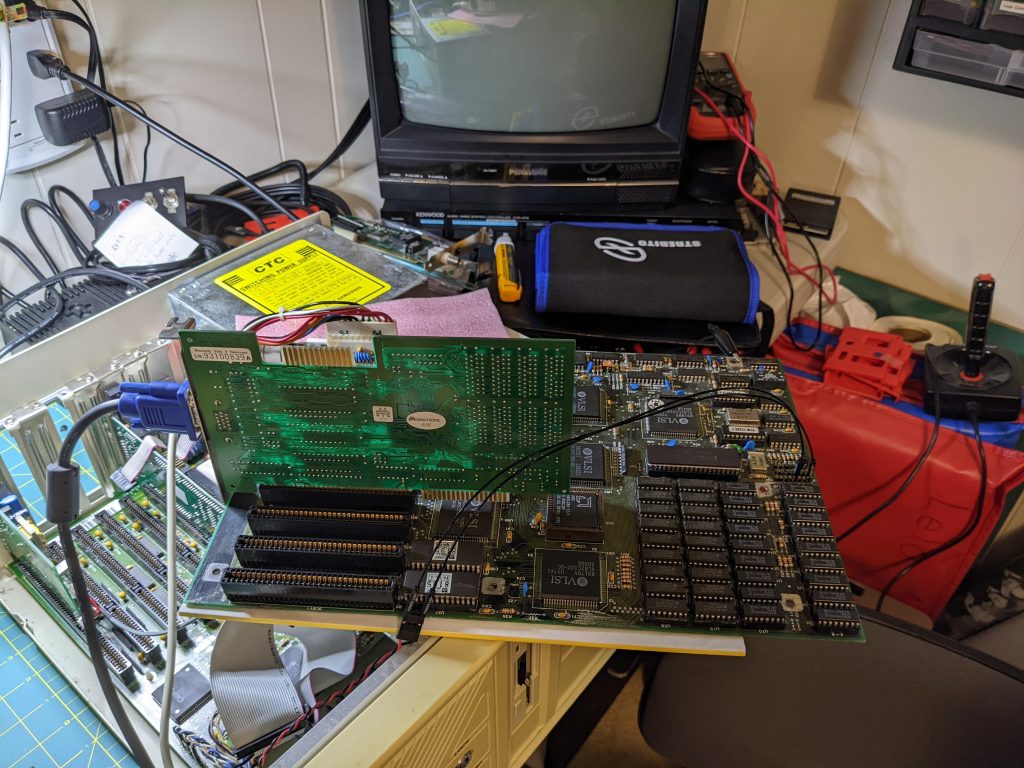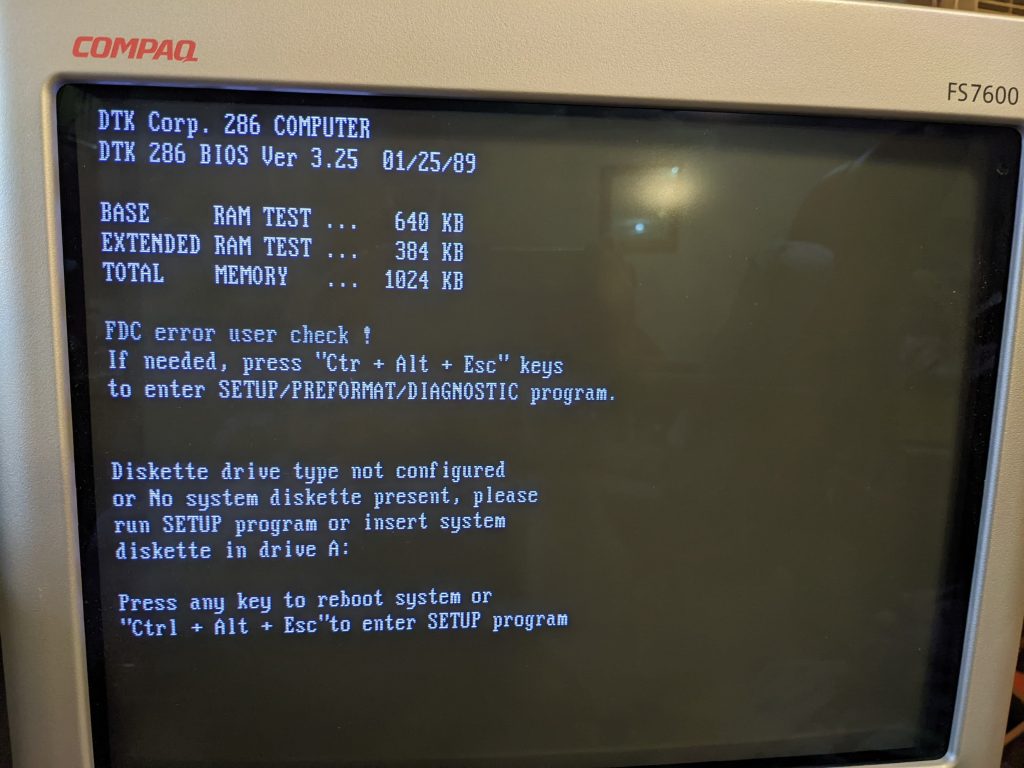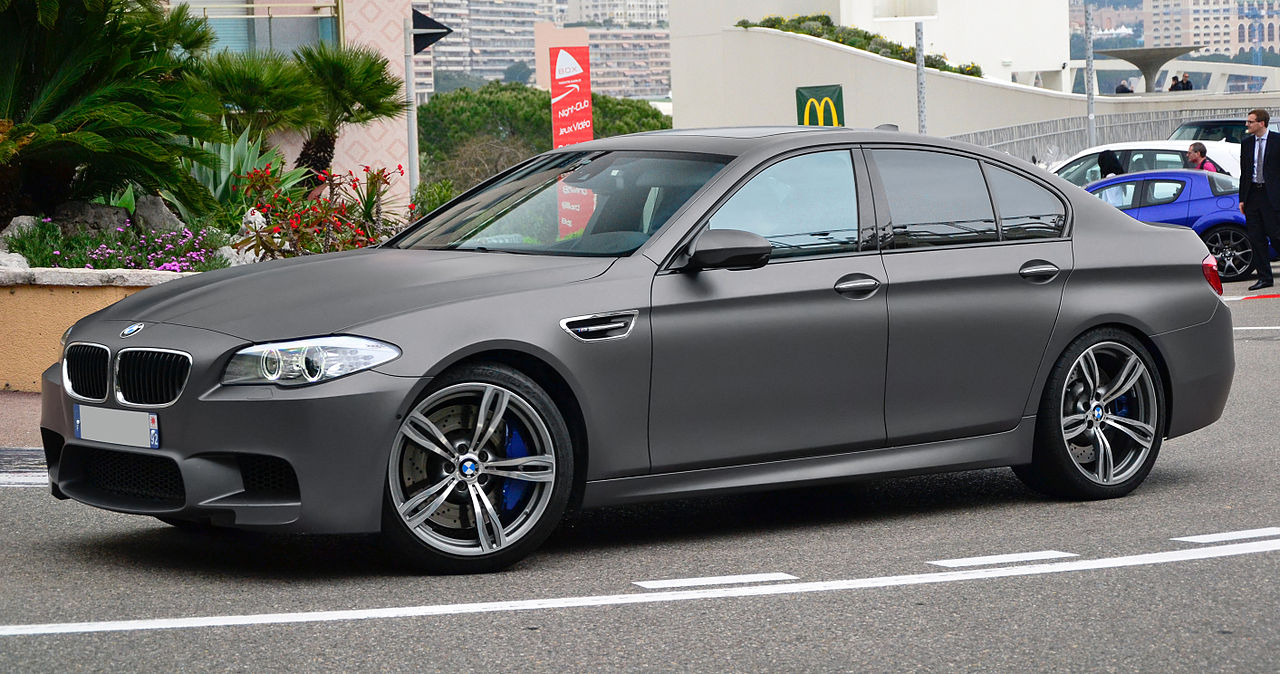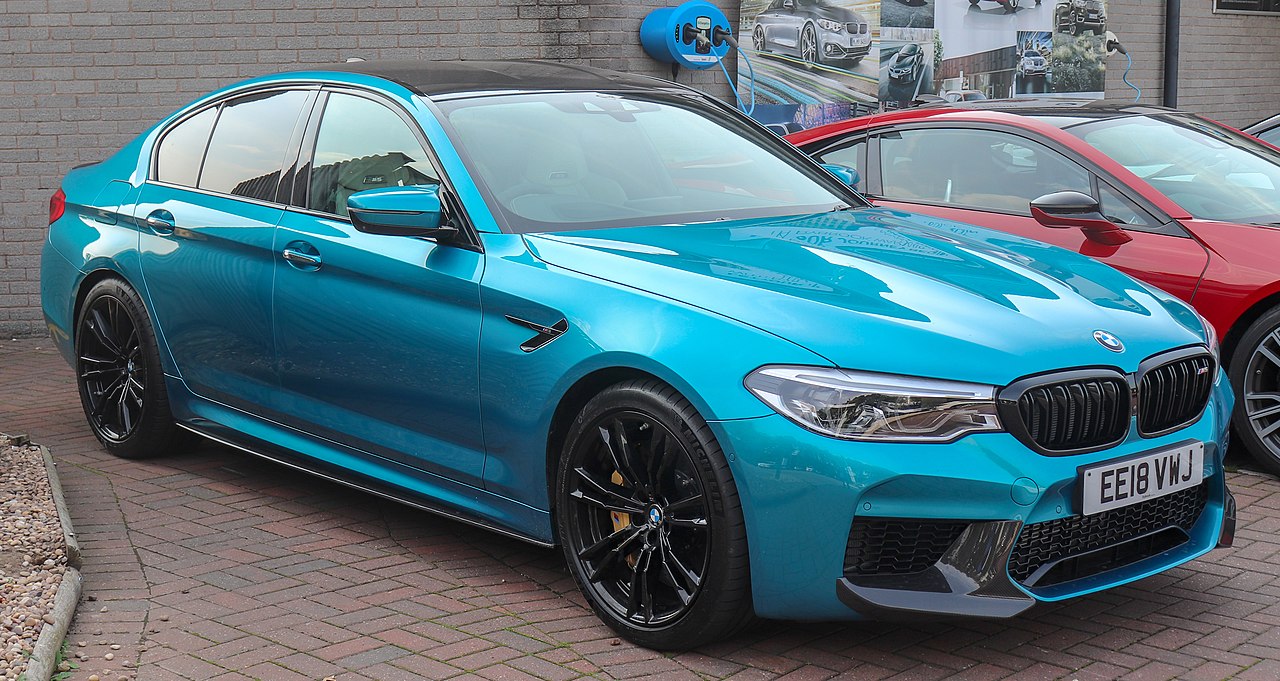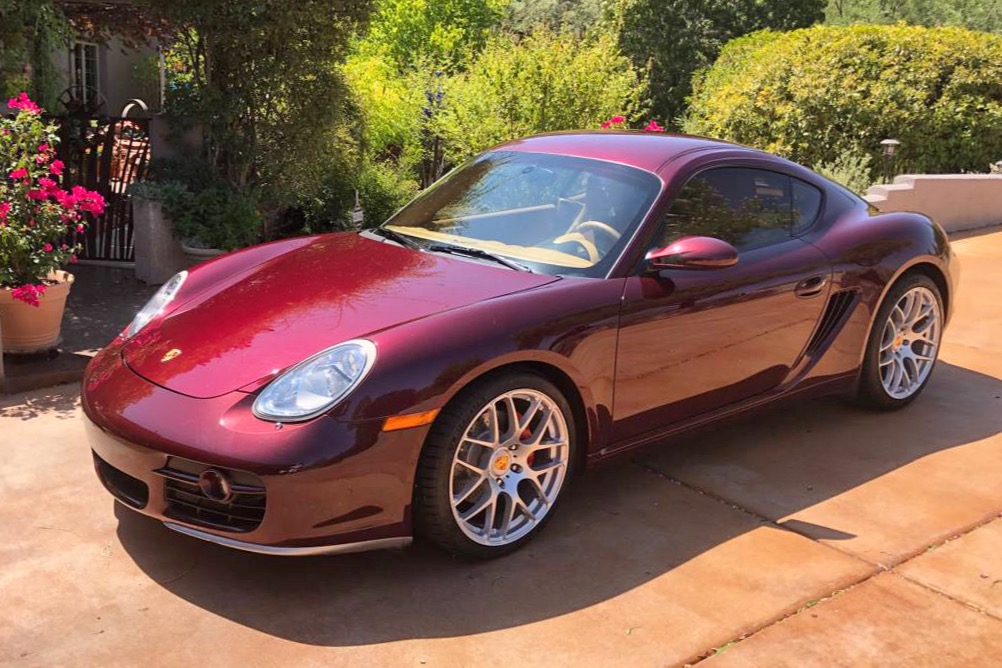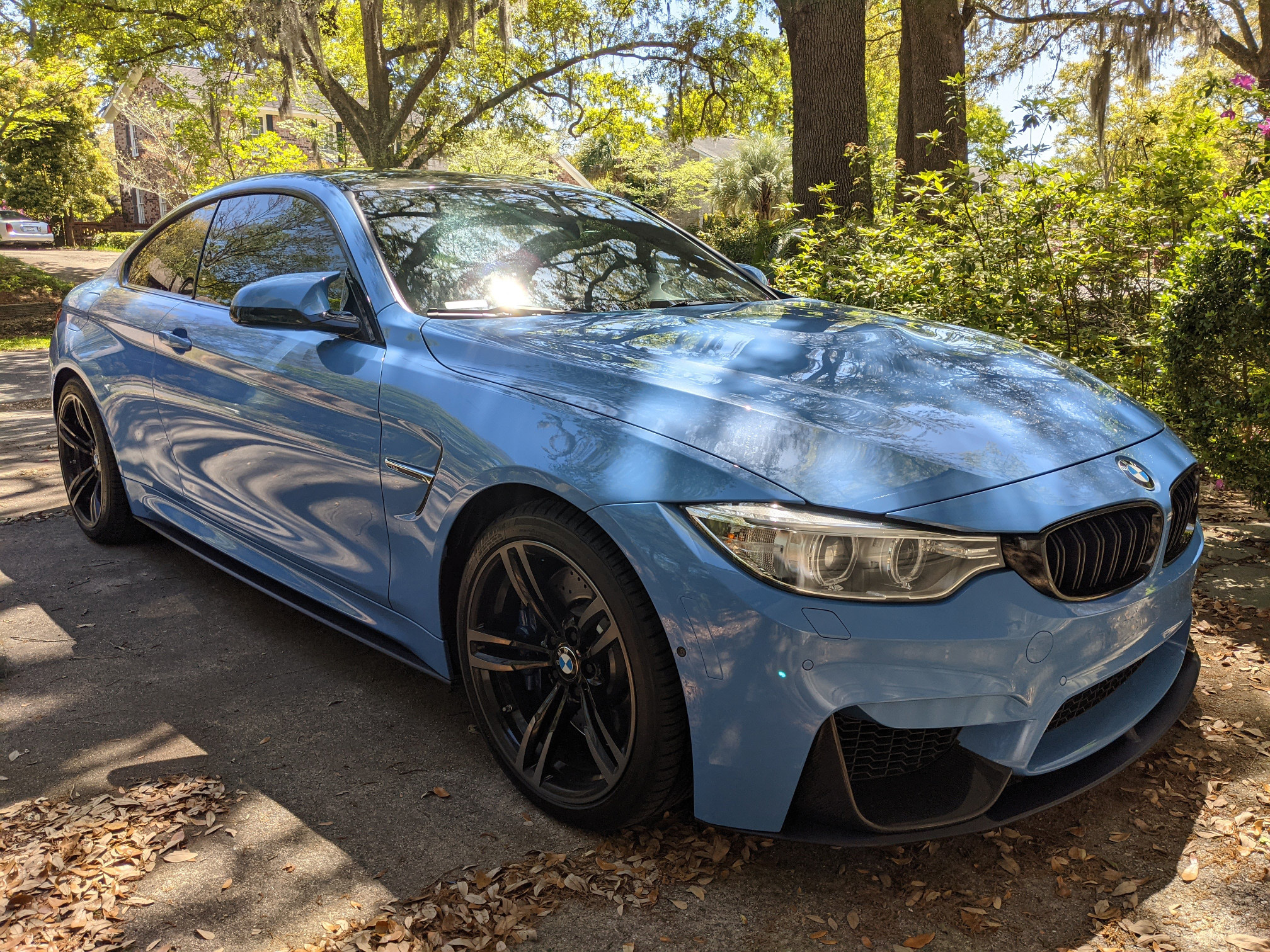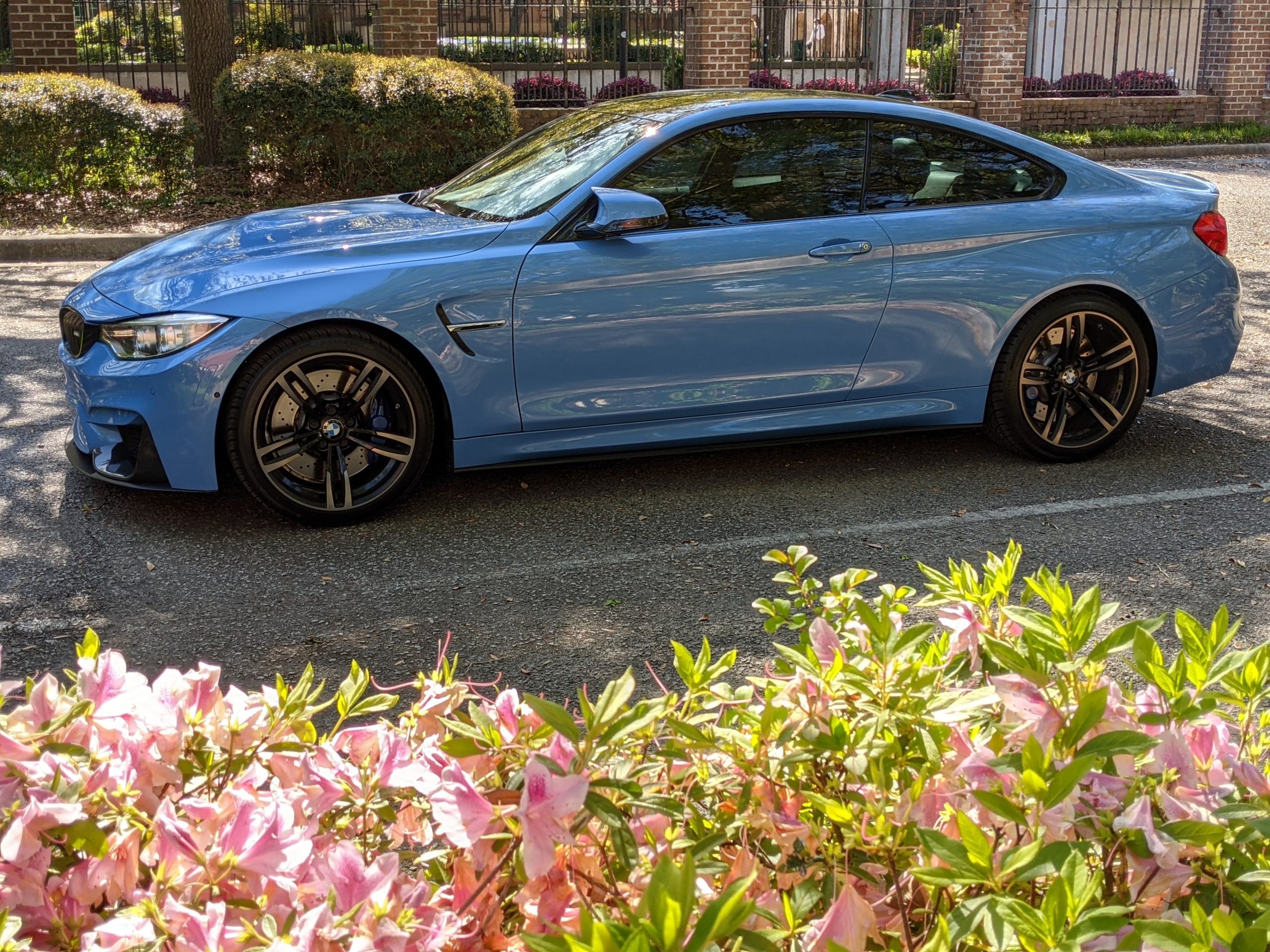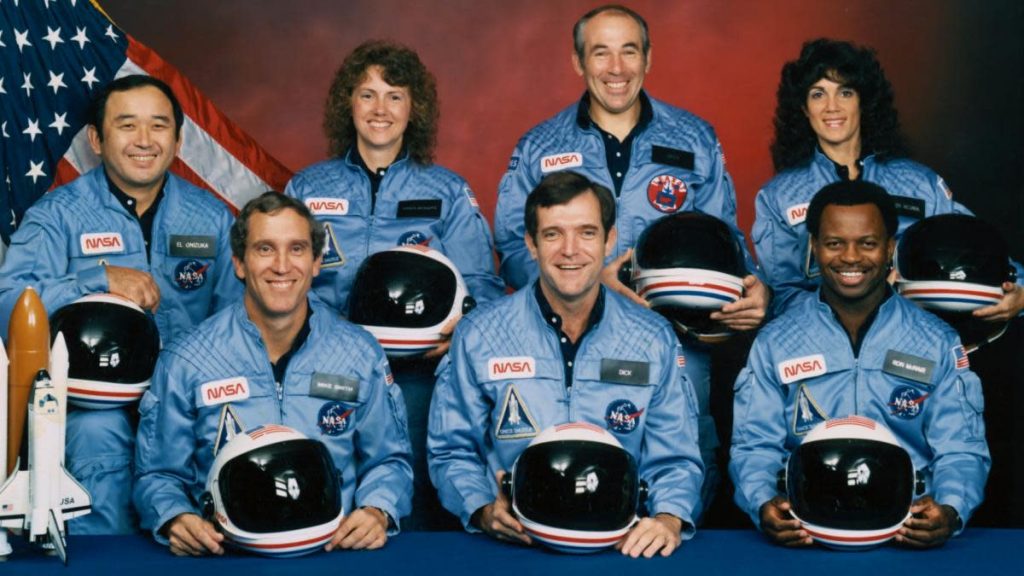I’ve been on a bit of a retro restoration kick lately and decided to take a look at a couple of motherboards I’d saved from my childhood. The boards were from my first 2 PCs, an XT clone and an AT clone. At some point towards the end of college, I was running out of space to keep the older computers I had collected to that point. Rather than give up my first machines entirely, I decided to strip them down and save the core parts and interesting bits that still worked and trash the rest. (something I now regret as these parts have become quite rare and expensive)
Fast forward a few decades… these parts have been sitting, stored in the attic and the room over my garage. Interested to see if they still worked, I pulled the motherboards out of their anti-static bags only to discover a horror common to many retro computer enthusiasts. A CMOS battery had leaked and corroded a small, but important section of the board. Back in the old days of IBM-compatible PCs, manufacturers used to include a rechargeable 3.6v battery, (typically Ni-Cd) soldered to the board. These were great and often lasted well beyond the design life of the system, however they became a liability later in storage.
Sadly, I didn’t think to take pictures of the damage when I discovered it, but moved to quickly get rid of the old leaky battery and proceeded to clean up the board with isopropyl alcohol. The acid crystals and much of the corrosion came off of the board, but what became obvious was that a lot of damage had been done. During the time that acid was sitting on these components, it was eating through the metal contacts and traces of the board and its components. This included several sets of jumper pins, a large 40-pin socketed DIP chip, a 1″ PLCC socketed chip and other associated logic chips.
The 40-pin DIP socket was closest to the battery and took the most damage with several of it’s pins and sockets completely disintegrating when I tried to clean them up. Most of the jumper pins cleaned up with a fiberglass brush and I was able to leave them in the board. (though I did have to replace all of the jumpers as they were too far gone) The next big worry was the PLCC chip and its socket as well as a few of the logic chips under it. One of the logic chips was pretty badly corroded, but stayed intact when I cleaned it. I cleaned up the contacts as much as possible with the fiberglass pen and attempted to flow some new leaded solder into the vias in the hopes it would help. Thankfully continuity tests revealed it was making contact, but I really didn’t know how much material was left inside or if it would be enough for the chip to function. This is a common source of problems for systems based on TTL logic where corroded traces can cause too much resistance and won’t allow a line to be driven high. Adrian Black recently detailed a similar issue while working on a much older TRS-80 Model III. (see his reaction at 40:15 when he realizes it was just a corroded ribbon cable)
The PLCC socket turned out to be less of an issue that I’d thought. While it did have some corrosion, it seemed to be mostly be on the surface. A good wash down with IPA, scrubbing and some contact cleaner got the socket looking much better. The fiberglass pen cleaned up the contacts on the chip and it slotted back into the socket perfectly. After replacing the bad DIP socket and a few more clean-ups and re-soldering of components and I was ready to try powering it up. Unsurprisingly it didn’t work the first time. I cleaned out some additional surface corrosion I found in some of the ISA slots, reseated a few chips and tried again. At first, it didn’t seem like anything was happening. I tried reseating the VGA card and tried again and amazingly the 286 POSTed!
I ended up evicting my old 486SLC-33 from the case seen above and installed the DTK motherboard into it. I also initially borrowed a more modern multi-io controller from the same system, but quickly realized this wasn’t ideal. The BIOS for this machine, while quite advanced for the time, had a hard-coded list of supported hard disk types with specific sector/track layouts. (this was actually common on motherboards up through the 386 era and even early 486 systems.) While I could pick a similar track/sector layout and read from an IDE hard drive, I wouldn’t be able to boot from one. (and it would be risky to attempt to write to it) Sadly the original 20MiB MFM hard disk and controller that was originally attached to the 286 had long been discarded. The smallest functioning hard disk I had was a 500MiB Connor drive from the 486 era. (also donated from the 486SLC) I would continue to solve these problems and others, but that’s a story for another time. The board worked and was able to boot from a floppy disk and read a DOS-formatted hard disk. The resurrection of the 286 was a success!

